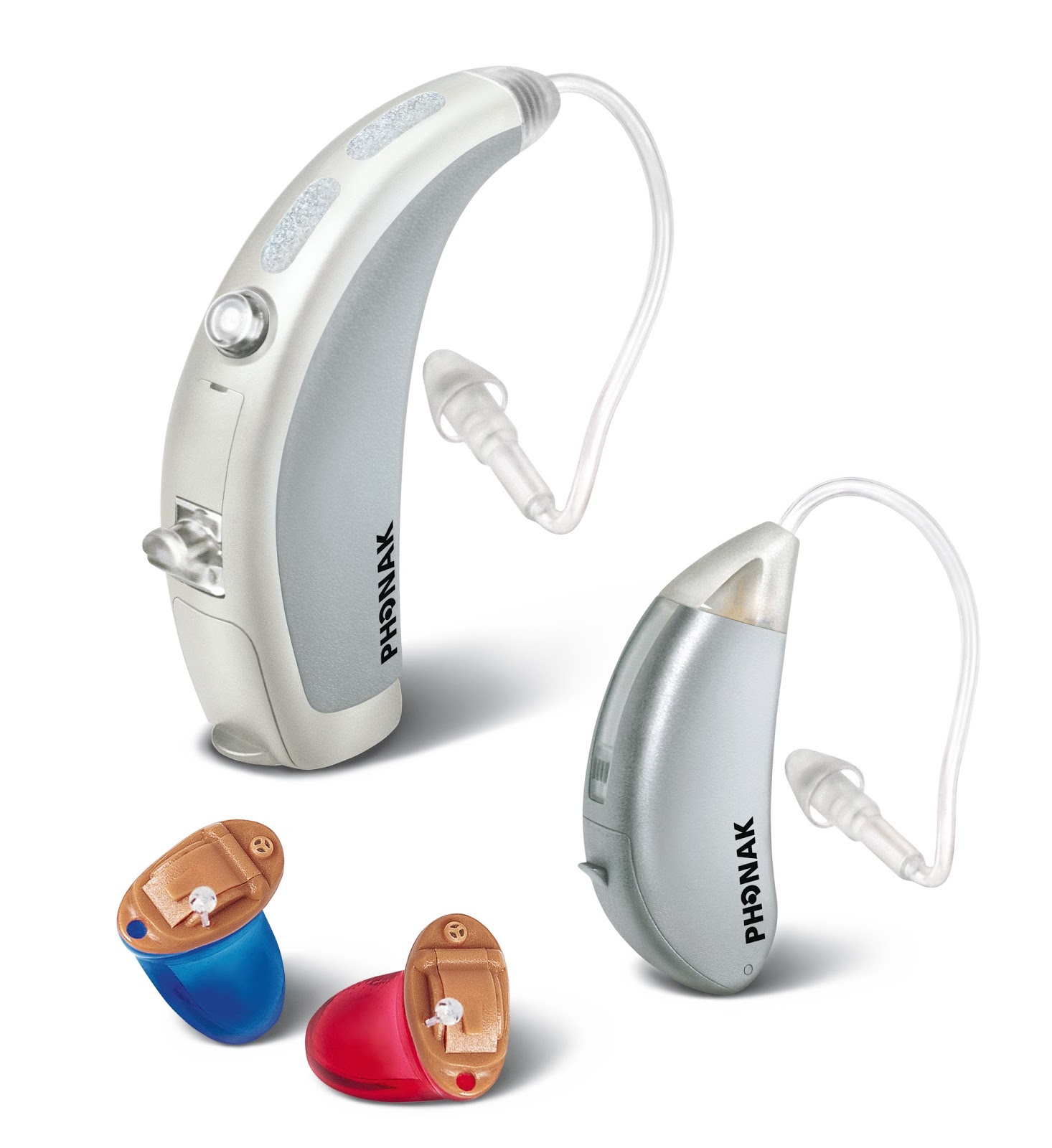More About "Navigating Social Situations with a Hearing Aid: Tips and Tricks".

In-the-ear hearing assistances are a preferred option for a lot of individuals with listening to loss. These tools match well inside the ear canal and are developed to boost noise, producing them less complicated to listen to. While in-the-ear hearing aids use several benefits, they additionally have some potential drawbacks. In this article, we'll look into the pros and disadvantages of in-the-ear hearing aids to assist you help make an informed decision concerning whether they're best for you.
Pros:
1. Discreet Appearance: One of the largest advantages of in-the-ear hearing aids is that they're virtually invisible when worn. Unlike behind-the-ear models which can easily be huge and obvious, in-the-ear devices fit appropriately inside the ear canal and are scarcely recognizable.
2. Comfortable Fit: Because in-the-ear listening to assistances are custom-made to match each individual's ear canal, they usually tend to be incredibly relaxed to use. They don't have any components that rest responsible for the ears or on top of the scalp that can easily cause discomfort or irritability.
3. Good Sound Quality: In-the-ear listening to aids offer outstanding audio high quality because they're positioned close to the eardrum. This makes it possible for them to amplify sounds a lot more properly than other types of hearing assistances.
4. Very easy to Use: In-the-ear units are easy and easy to utilize; there's no necessity for cords or additional extras like remote control controls or banners.
5. Marginal Reviews: Because in-the-ear gadgets sit thus close to the tympanum, there's low feedback or whistling sound when utilizing them.

Drawbacks:
1. Limited Need More Info? : In-the-ear units commonly have less function than behind-the-ear models because there's much less space offered for modern technology such as directional mics or wireless connection.
2. Batteries Require Regular Substitute: Because in-the-ear listening to aids are much smaller than behind-the-ear designs, their batteries often tend to possess a briefer life expectancy and need to have to be substituted much more frequently.
3. Not Suitable for Severe Hearing Loss: In-the-ear hearing help are commonly not suitable for folks with intense hearing reduction because they may not supply adequate amplification.
4. Much more Susceptible to Damage: Because in-the-ear units sit inside the ear canal, they're even more prone to moisture harm from sweat or earwax accumulation.
5. Complicated to Change: Because in-the-ear devices are custom-made, they can be extra difficult to adjust than behind-the-ear designs which possess changeable tubes and ear mold and mildews.
Final thought:
In-the-ear hearing aids use several advantages such as subtle look, comfy in good condition, excellent audio quality and quick and easy usage. Nonetheless, they additionally have some potential downsides like restricted component, frequent electric battery replacement demand and not being ideal for intense hearing loss due to less boosting. It's essential to consider your person necessities when deciding on a hearing assistance type, so speak to with your audiologist prior to helping make any type of selections.
